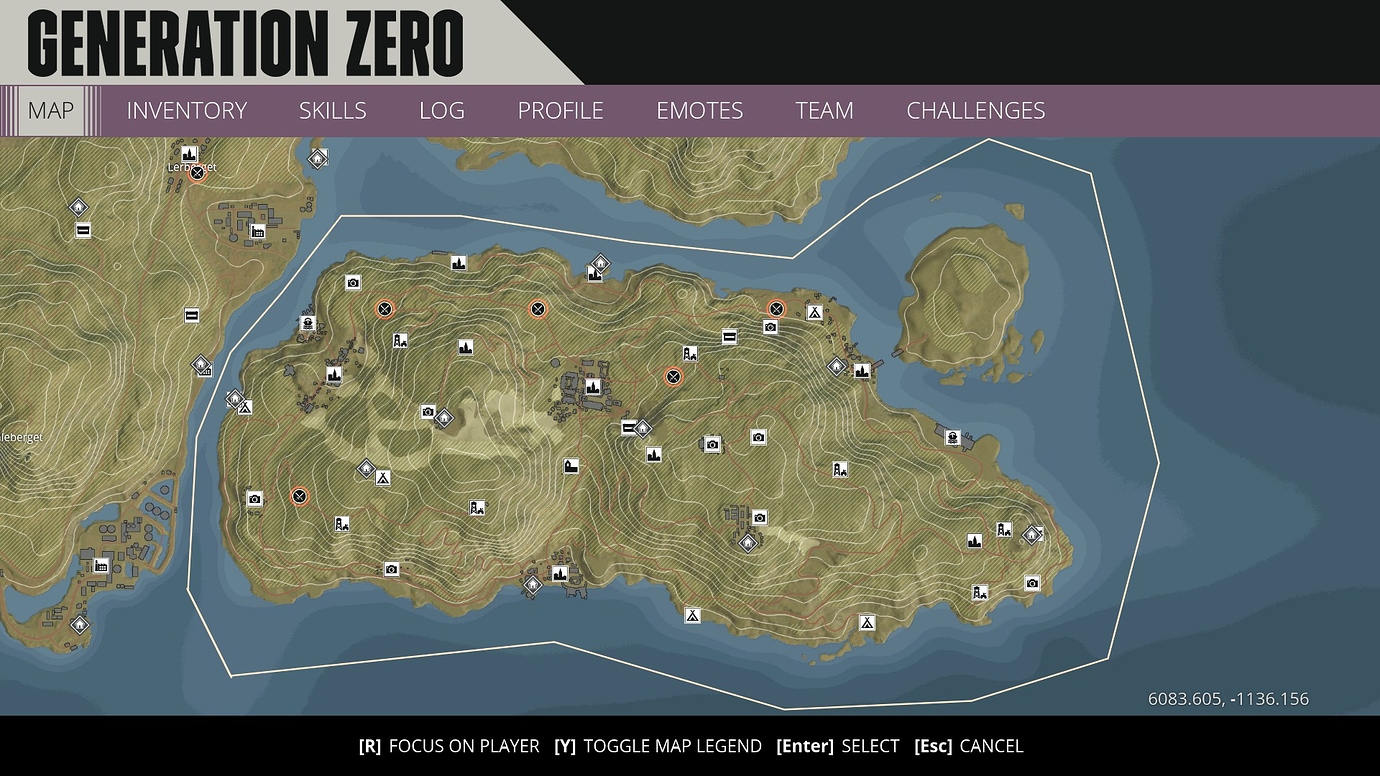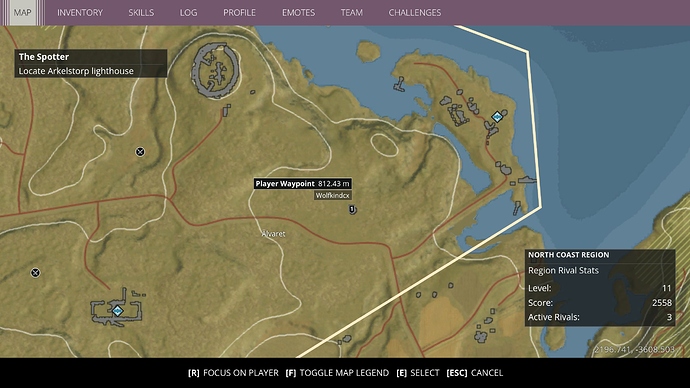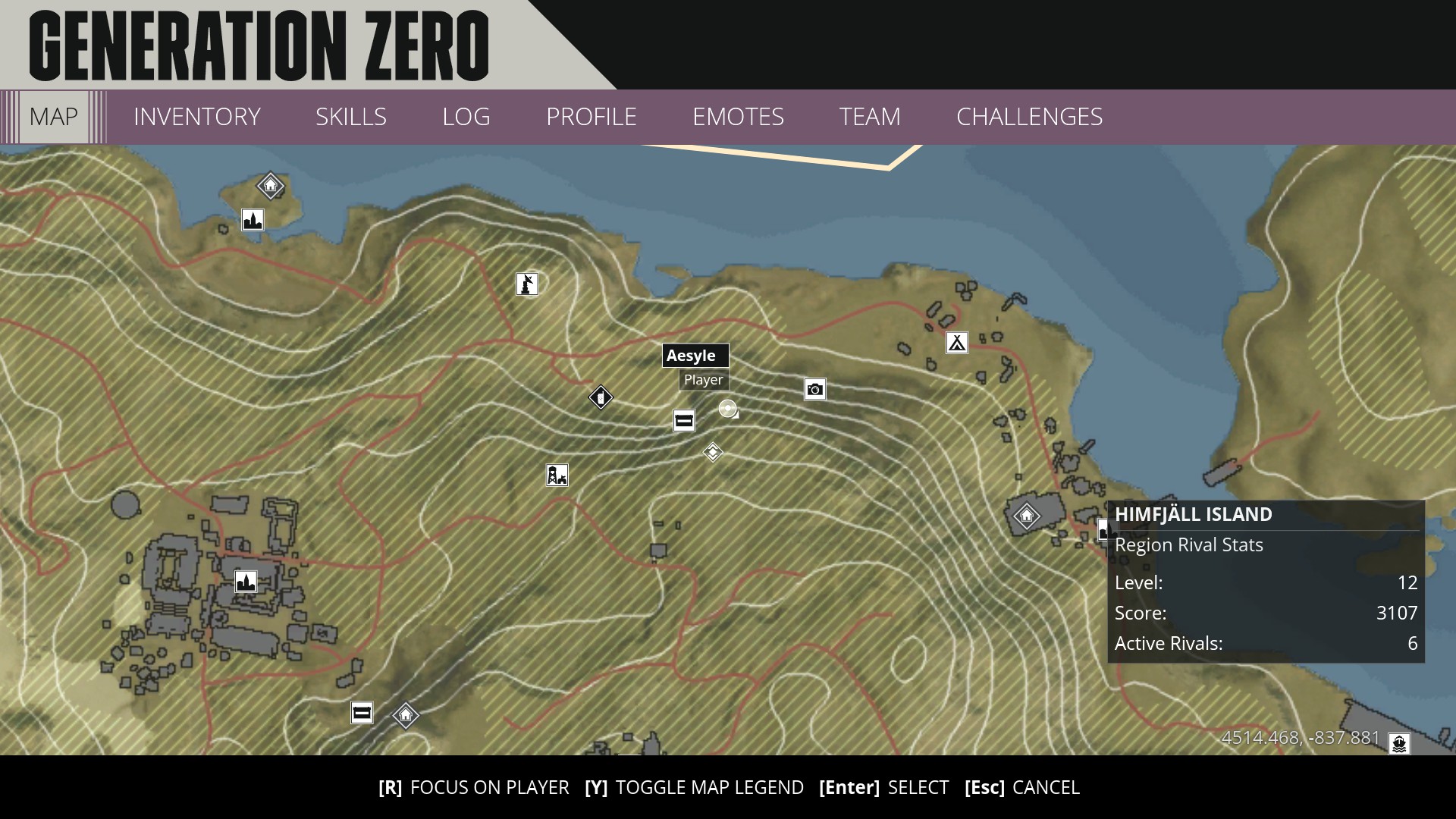
It has been proposed that such a loss of resilience can be detected from the increased temporal autocorrelation (TAC) in the state of the system, reflecting a decline in recovery rates due to the critical slowing down (CSD) of system processes that occur at thresholds 3, 4, 5 ( Supplementary Methods 1–3 and Supplementary Figs. Theoretical studies have demonstrated that as systems approach a tipping point (that is, a threshold when a self-sustained runaway change starts), they lose resilience, so that small continuous external perturbations can shift the system into an alternative configuration 12. Understanding the underlying mechanisms of forest resilience and its recent dynamics is therefore of paramount importance to develop sound conservation and management plans. However, little is known about how forest resilience has been evolving in response to global environmental change.

In this context, it is increasingly important to investigate the vulnerability of forest carbon stocks and fluxes to external perturbations. At the same time, forest-based mitigation strategies that rely on sustained carbon sinks and stocks are becoming crucial to achieve the most ambitious climate targets. This is particularly critical in view of the ongoing intensification of disturbance regimes that could affect the provision of key ecosystem services in the near future 9, 10, 11.
Generation zero map km2 drivers#
Low-resilience forests are more sensitive to anomalies in external drivers and are potentially more exposed to abrupt and possibly irreversible shifts (for example, regime shifts) 8. The persistence and functionality of these ecosystems are highly dependent on their resilience, defined as the ability to withstand and recover from environmental perturbations 3, 4, 5. Unfortunately, forest ecosystems are increasingly endangered by numerous disturbances, including natural agents (for example, fires, wind storms and pathogens) and anthropogenic pressures 2.
Generation zero map km2 series#
In addition, forests provide a series of ecosystem services that contribute to societal well-being, such as regulation of water flows, protection of soils and conservation of biodiversity 7. They play a fundamental role in the global carbon cycle, absorbing about 33% of anthropogenic carbon emissions, and are considered a key element for mitigating future climate change 6. Together, these signals reveal a widespread decline in the capacity of forests to withstand perturbation that should be accounted for in the design of land-based mitigation and adaptation plans.įorests cover about 41 million km 2 - about 30% of the land surface. Approximately 23% of intact undisturbed forests, corresponding to 3.32 Pg C of gross primary productivity, have already reached a critical threshold and are experiencing a further degradation in resilience. Reductions in resilience are statistically linked to abrupt declines in forest primary productivity, occurring in response to slow drifting towards a critical resilience threshold.

These patterns emerge consistently in both managed and intact forests, corroborating the existence of common large-scale climate drivers. By contrast, boreal forests show divergent local patterns with an average increasing trend in resilience, probably benefiting from warming and CO 2 fertilization, which may outweigh the adverse effects of climate change. We show that tropical, arid and temperate forests are experiencing a significant decline in resilience, probably related to increased water limitations and climate variability.

Here we integrate satellite-based vegetation indices with machine learning to show how forest resilience, quantified in terms of critical slowing down indicators 3, 4, 5, has changed during the period 2000–2020. Experimental evidence of sudden increases in tree mortality is raising concerns about variation in forest resilience 2, yet little is known about how it is evolving in response to climate change.

Forest ecosystems depend on their capacity to withstand and recover from natural and anthropogenic perturbations (that is, their resilience) 1.


 0 kommentar(er)
0 kommentar(er)
